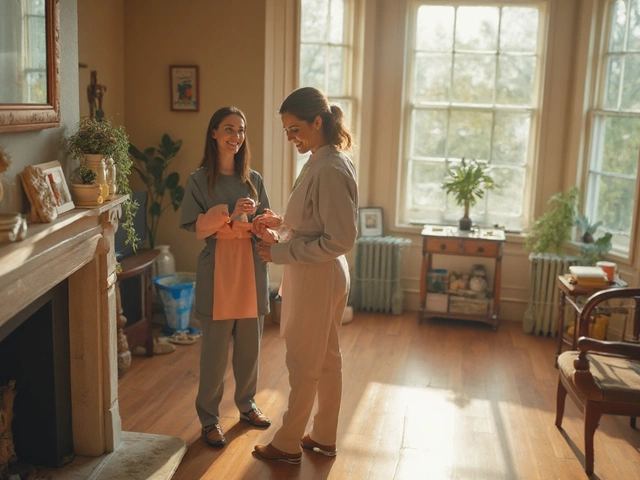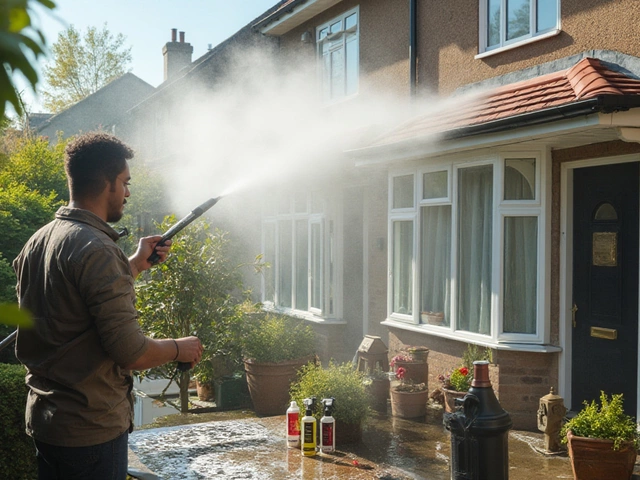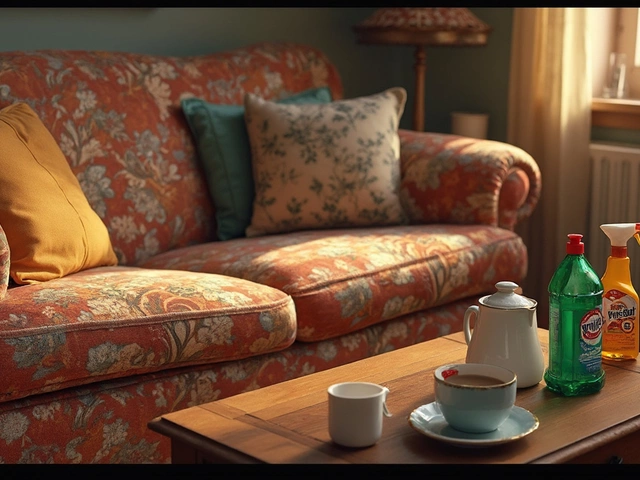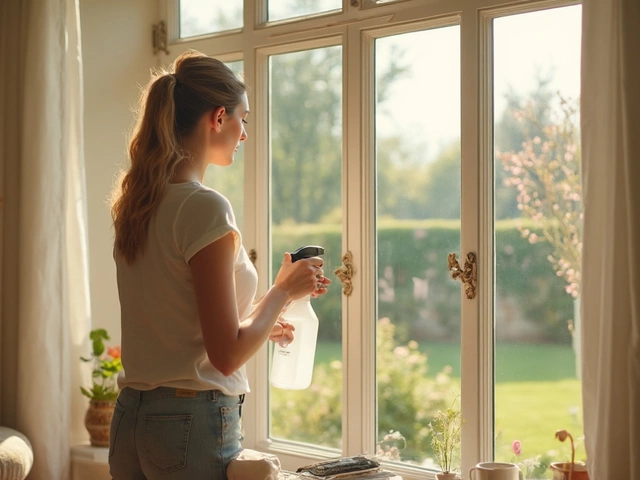Your windows deserve better than those overpriced sprays from the big stores. Don’t believe the myth: you don’t need mystery chemicals for a spotless shine. Homemade window cleaners can knock out smudges and give you streak-free glass—plus, you’re saving cash and skipping unnecessary toxins. Did you know the original "Windex" formula from 1933 used rye alcohol? Turns out, some of the best window cleaning magic is already in your kitchen.
Why Homemade Cleaners Are a Game-Changer
First off, let’s be honest about store-bought cleaners. Flip the bottle and you’ll find a long list of hard-to-pronounce chemicals. Phthalates, ammonia, and synthetic fragrances—they clean, sure, but they aren’t doing your home’s air any favors. According to the EPA, indoor air pollution can be two to five times higher than outdoors, with cleaners playing a big part. Homemade window cleaner—a simple mix of vinegar, water, and a dash of dish soap—does the job just as well, without lingering odors or residues.
Another bonus is the wallet-friendly aspect. For less than a dollar, you can whip up a full bottle at home. Compare that to the $4–$7 for brand-name options, especially when you burn through cleaner during spring (or Monday) cleaning marathons. DIY doesn’t just save money—it saves you last-minute store runs, since everything you need is already at home.
Allergies or sensitivity to fragrances are another reason people make the switch. A lot of commercial sprays hang in the air for a while, and the scent can be overwhelming. By making it yourself, you control what goes in. Want a burst of citrus? Throw in a few drops of lemon or orange essential oil. Prefer no scent? Great, just skip it. Simple.
There's even an environmental plus: less waste. Instead of buying new bottles every time, you reuse the same spray bottle. It’s surprisingly satisfying to skip a little plastic every month, and it adds up. Americans toss out over 5 billion cleaning bottles every year—so even tiny changes matter.
Classic Homemade Window Cleaner Recipes
So, what’s in a solid DIY window cleaner? The fundamental recipe is famously straightforward. Start with:
- 2 cups of water (distilled is best if you want to avoid streaks)
- 1/2 cup white vinegar
- 1/4 cup isopropyl (rubbing) alcohol (optional, but boosts cleaning power)
- 1 tablespoon cornstarch (for next-level shine)
- 1–2 drops dish soap
The vinegar cuts through the grime and sticky residue, while alcohol evaporates fast—great for preventing streaks in humid conditions. Cornstarch? It’s a pro tip: it creates microabrasion as you wipe, so the glass ends up looking brighter without scratching.
If vinegar’s smell bugs you, don’t stress. The scent fades after a minute or two, especially if you add a couple of drops of essential oil—citrus, peppermint, lavender, whatever fits your vibe. Just stay away from oils like tea tree or eucalyptus on windows if you have pets, since some animals are sensitive to those scents.
Mix your ingredients in a clean spray bottle, shake well, and label it if you want to feel organized. Spray directly on the glass, wipe using a microfiber cloth, and marvel at the difference. Old newspapers still work in a pinch too—just steer clear of colored or glossy pages, which can leave marks.
Switch it up for outdoor windows: if your glass has extra dirt (think pollen or bird droppings), rinse first with water. Use a sponge saturated in your cleaner, rinse with a hose, and finish with a squeegee if you own one. You’ll get cleaner windows without streaks or residue around the edges.
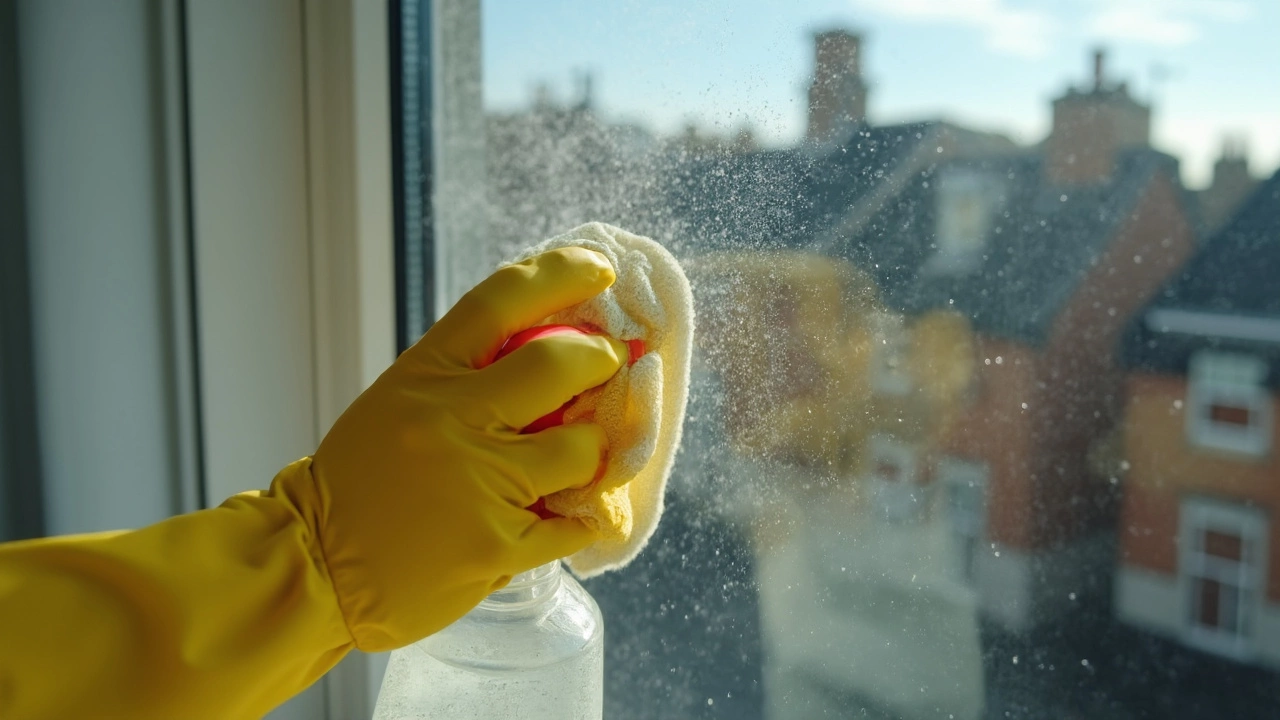
Expert Tips for Streak-Free Results
Getting windows truly streak-free isn’t just about the formula—it’s all about the method. Pros swear by starting with a clean microfiber cloth, not paper towels. Microfiber lifts grime and grabs lint so you’re not just shifting dirt around. If you’re wondering why your windows look foggy after cleaning, chances are you used too much cleaner or a dirty rag.
Here’s a move few people try: clean windows on an overcast day, not when there’s direct sunlight. Warm glass dries your cleaner too fast, baking in streaks before you can wipe them away. Did you know window cleaners for skyscrapers work in the early morning or late afternoon for this reason?
Don’t forget to wash your cleaning rags often, too. According to a 2022 Consumer Reports study, dirty cloths can make glass appear 20% duller after cleaning. If you don’t have a fresh microfiber on hand, old cotton T-shirts work too.
Work in sections, top to bottom. This stops drips and gives you a chance to catch every stubborn spot before it dries. For stubborn sticky stuff (think tree sap or bug residue), a bit of straight rubbing alcohol on a cotton ball beats anything else—you’ll see the gunk dissolve in seconds.
Outdoor windows? Spray screens with your cleaner and use an old toothbrush to work out dust. Rinse with a hose, let air dry, and your screens will let in way more light.
Common Mistakes and How to Avoid Them
Losing the battle with streaks? Check your water. Hard tap water leads to cloudy marks, no matter how good your homemade cleaner is. If your glass isn’t gleaming, try swapping in distilled water.
Another pitfall: using too much product. You only need a light mist, not a puddle. Too much cleaner leaves behind residue, especially if you skip the final polish with a dry cloth.
Ignore abrasive tools like scouring pads or steel wool—unless you want permanent scratches. For heavy deposits (like mineral scale or years of grime on forgotten garage windows), soak the spots with cleaner for a few minutes, then use a plastic scraper.
Some folks add baking soda, but skip it unless you’re cleaning window tracks or frames. Soda can be gritty and scratch glass surfaces—fine for vinyl sills, but not your panes.
Chemical mixing is another mistake. Stick to the recipe above—don’t combine vinegar with bleach or ammonia, as this can create dangerous fumes. If your windows have decorative tints, check the manufacturer’s care guide before using vinegar-based solutions. Some tints need special, non-acidic cleaners, or the film could peel or get damaged.
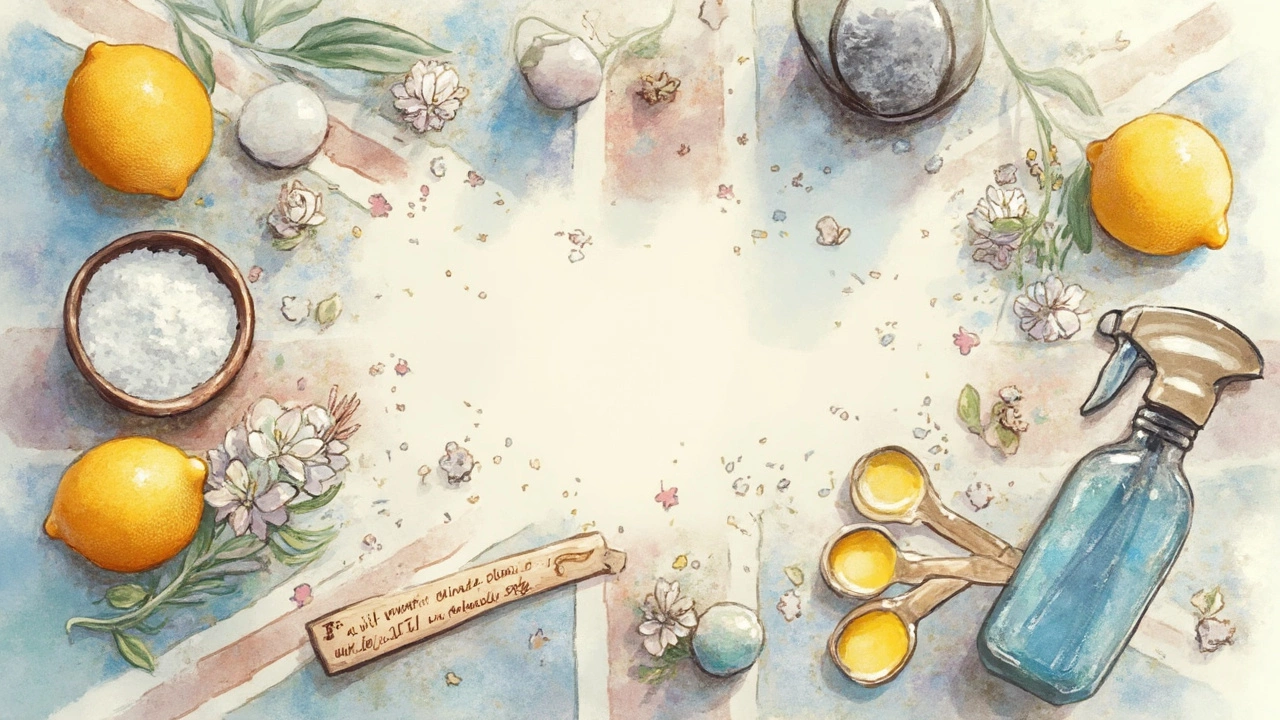
Data-Backed Benefits: Why Switch to DIY?
| Aspect | Homemade Cleaner | Typical Store Cleaner |
|---|---|---|
| Cost (per bottle) | $0.75 | $5.25 |
| Key Ingredients | Vinegar, water, alcohol | Ammonia, surfactants, fragrance |
| Scent Control | Customizable/eliminable | Fixed & often strong |
| Environmental Impact | Zero-waste option | Uses new plastic bottle |
| Streak-Free Results | Yes (with right method) | Yes (if wiped promptly) |
| Allergy Concerns | Very low | Varies |
DIY options don’t just save money. The real kicker: less exposure to airborne nasties and less plastic waste. If you use a 32oz bottle, a homemade batch cuts your cost more than 80% each time. Plus, Consumer Reports found in 2023 that vinegar-alcohol blends outperformed seven out of nine commercial window sprays for removing sticky grease and fingerprints.
Even science vouches for the safety. Vinegar’s acetic acid kills mold and bacteria—no fancy chemical required. Stick to simple ingredients, and you’re safer not just for your health, but for any pets or kids licking windows (we all know at least one kid who’s done this).
If you track dirt over a season, you’ll see grime builds up fastest inside, not outside. That's usually from smokers, candles, or kitchen grease. Keeping your recipe handy means you can take care of smudges the moment they show up, no big chore required. Quick wins like that honestly make daily life feel less overwhelming.
Ready to ditch the mystery chemicals? Grab a few kitchen basics and give those windows the deep clean they deserve. The next time you see your reflection, you’ll know you did it right: streak-free, fresh-smelling, and totally DIY.

